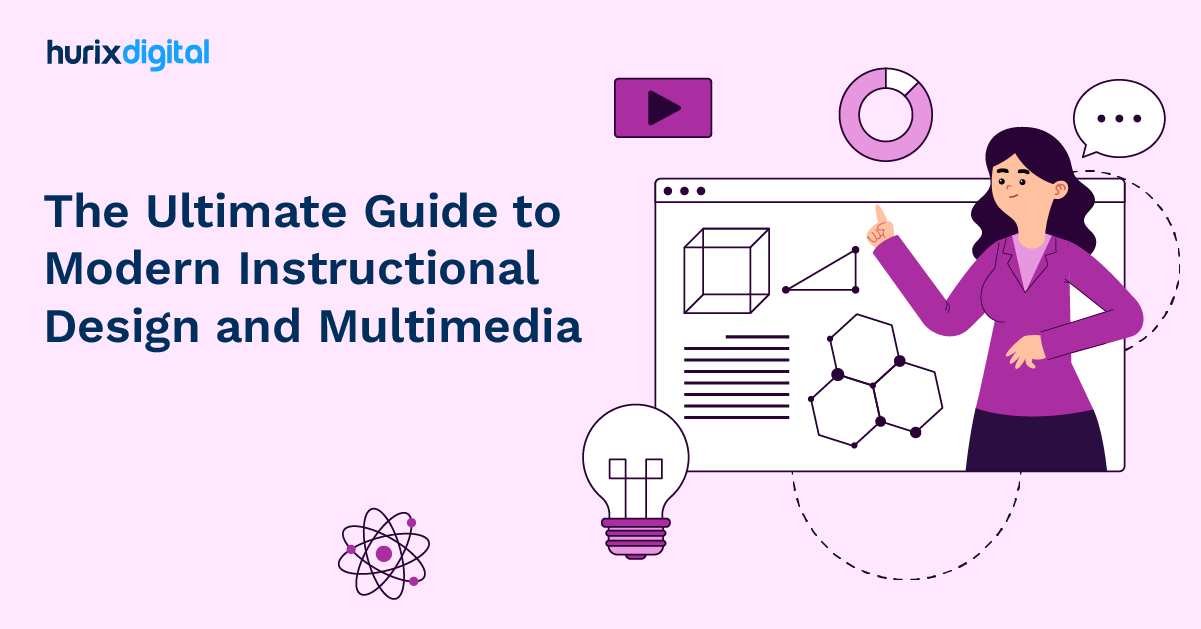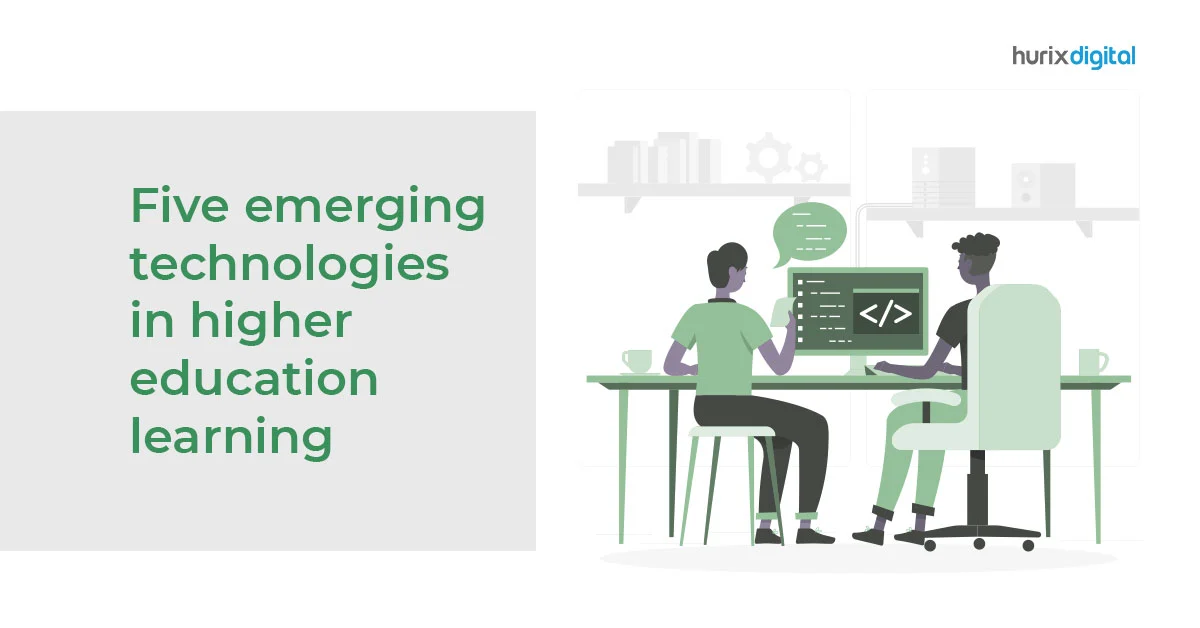
Does Microlearning Lead to Training Success?
What is Microlearning?
Microlearning is a condensed form of learning, consisting of small nuggets or bite-sized content capsules that answer particular queries or contain very specific information about a particular subject. These nuggets are prepared using various media types to make them more interesting, easy-to-consume and assimilate.
While microlearning can be accessed on all device types, the device of choice is usually the smartphone, mainly because these condensed capsules of knowledge are meant for anytime and anywhere learning.
Organizations are increasingly adding microlearning to their training programs. But the question remains – does microlearning lead to training success?
Here’s more on How Can Microlearning Nuggets Influence Sales Performance?
Microlearning provides the following benefits.
1. Very Concise Information: As mentioned above, each microlearning nugget consists of concise information, which answers a specific query, for example, you may have a nugget that both demonstrates and explains how to perform a particular task, say retouching tips in Photoshop. Here’s more on How to Create and Deliver Bite-sized Learning for Enterprise Training
So, if the aim of your training is to upgrade employee skills on Photoshop or any other software, these microlearning nuggets are a great way to demonstrate how to use the new tools. Each microlearning nugget is usually three to five minutes long, so the user’s attention does not wane. The user can pause the video and practice skills side by side, thus gaining hands-on experience during the training session itself.
2. Personalized Training: Microlearning is also ideal to plug knowledge gaps. Taking forward, the above example, it may be that your employees are already well-versed with a particular software, but which now has been upgraded with new tools and features. Creating microlearning nuggets separately for each feature and tool is a means to demonstrate their use.
So, this form of learning can be personalized at three levels – one, to fill knowledge gaps unique to each organization; personalized to address learner requirements; and three, these microlearning nuggets can be created in a format which your learners are most comfortable with. In any organization, not all employees share the same comfort level with technology and so it is a good idea to take them on board, understand where they need help and in what format.
This will create interest in the microlearning modules, the learners will not be intimidated and will voluntarily take to the training, thus ensuring its success.
3. Designed for Attention: Once again, building on the above point, microlearning capsules can be created using various types of formats including audio/video, graphics, infographics, 3D models, and AR/VR.
They may use any or a multiple of these formats, depending on what works best for the audience and the subject. To explain with an example, suppose the microlearning nugget is to support decision-making, data in the form of diagrams and infographics might work best.
Then again, a demo video may be ideal for on-site professionals, for example, those repairing a complex part of machinery.
4. Anytime, Anywhere Consumption: A major advantage of microlearning is the fact that it can be consumed anywhere and anytime, during coffee breaks, while waiting for a meeting, while commuting or driving.
Employees are usually challenged for time and so it is very difficult to get together an entire team on a fixed date, time and venue to attend Instructor-led trainings (ILTs) or Web-based trainings. Microlearning is a means for employees to take the training sessions at their own pace. Again, you can decide upon the format of the microlearning depending on when these nuggets are more likely to be consumed.
For example, audio format will work best for consumption while driving, and game-based learning can keep them interested during their commute.
5. Empowering the Learners: Microlearning is in a way a great leveller for all team players since employees can learn at their pace and revisit modules time and again till they gain complete mastery. Contrast this with traditional learning methods where an instructor teaches the same concepts to learners of varying abilities.
This result is that while some employees and able to follow the lesson, there are others that lag behind. The knowledge gap this creates can be demotivating for the slow learners. Microlearning, on the other hand, is more personalized, allowing learners to focus on their problem areas. Also, with instant access to information they are better equipped to more satisfactorily perform their jobs, and there is no greater motivator than a job well done.
6. More in Tune with Modern Pedagogy: People today are empowered with information, which they can seek and find with a few clicks of a mouse. So, it is very difficult to hold their attention with long hour training sessions. In tune with modern pedagogical practices, it makes greater sense to provide learning in small capsules, which learners can access anywhere and at the time when they need the information.
Can Microlearning Replace Traditional Forms of Learning?
No matter how great the benefits of microlearning, it cannot replace traditional learning, web-based learning or instructor-led learning. For one, microlearning is more a way to provide instant information for instant consumption.
So, it works well for providing data for on-the-spot crucial decision-making and as a performance support tool. Microlearning can also serve as backup notes or summary for lengthy physical or virtual classroom sessions, which employees can revisit for greater retention and fill in their knowledge gaps. However, it is very difficult to break up entire training modules into microlearning nuggets.
Also, while micro-learning is provided in rich media formats, it cannot compensate for human interaction and so no matter what the comfort level with technology, at the end of the day, people want human interaction – interaction with an instructor who can clarify their doubts and give them a sense of direction, and interaction with peers for healthy discussions and sharing of knowledge.
So now to answer the question – does microlearning lead to training success? The answer is yes when it is used to supplement blended learning, that is, learning that includes both traditional classroom learning and online learning. However, it cannot replace these forms of learning because it is not feasible to break entire training modules into micro-sized learning.
Second, microlearning addresses specific queries; however, learning is much more complex and requires context, assessments, detailed analysis, feedback and interaction. So microlearning does lead to training success but only when it is in tandem with blended learning. You can consider each microlearning nugget as a drop in the ocean – while each drop is complete in itself it cannot replace the ocean.








